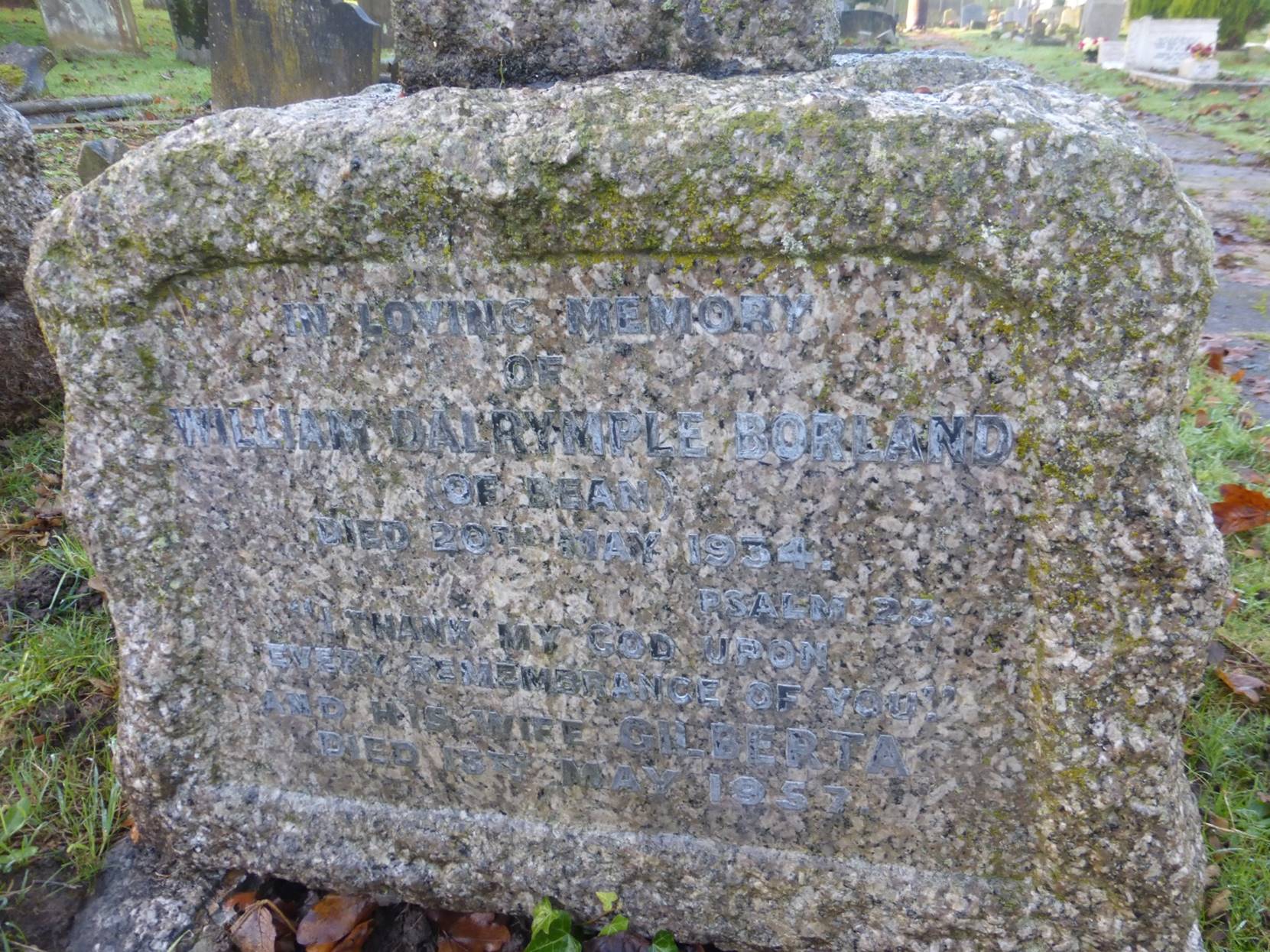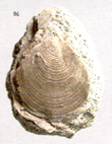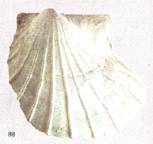Research by a Bean Resident
The following is an Article from Invicta Magazine-Vol 1 of 1910
THE SHELL BANK, BETWEEN BETSHAM AND BEAN
By
S. PRIEST, F.G.S.
Transcribed by Neil Pearson-Coffey
______
Immediately S.W. of Betsham, towards Green
Street Green, a road cutting
- rising from
121-203 ft. O.D. - shews banks
of the Woolwich
Mottled Clays. Near the four
cross roads,
twelve months ago, a bed, more
than a foot
thick, of shells - Cyrena cuniformis
- could
be seen.
It was simply a mass of these fresh-water
shells, with a few Melania inquinata, of
course very crumbling where weathered on
the surface. Unfortunately, adjacent walls
have had to be extended, to keep the road clean,
and now the best exposure of
its kind for
miles around - I believe the
only one so
accessible this side of Woolwich
- is concealed.
Still, at the foot of the hill, close to
Betsham, Cyrena cuneiformis can
be found
in the low banks, with plenty
of Melania
inquinata, and though not so
many, Potamides
funatus. There seems to be also
slightly
more variety in the Cyrena shells.
The Melania is a narrow gastropod shell,
spiral and turreted, length varying from
1.1/2 - 2 inches, and tapering from half
an inch to a point. It is easily distinguished
by the line of pointed knobs ornamenting
the ridge near the centre of each whorl.
From each ridge lines descend at an angle
to the sutures.
The Potamides is of similar form, spiral
turreted gastropod, but a little
shorter,
with simpler ornament, no ridge
with points,
just narrow parallel banding,
slightly raised.
The Potamides of the present day inhabits
mouths of rivers in warm latitudes,
and has
been said to live on plants.
The Cyrena - a lamellibranch - is easily
recognisable from its subobicular
form, hardly
cockle-shaped. It has no ridges
like the
cockle; but rather a smooth surface,
with
fine growth-lines parallel to
the base of
the shell, curving round towards
the valves.
Beds of Cyrena cuneiformis and Melania inquinata
indicate points where in former
times a river
entered the sea. So we have together
three
freshwater shells indicating
part of an estuary.
As we should expect from a freshwater deposit,
we find many individual shells,
but not a
great variety. We do not find
so many different
kinds in a river or lake as in
the sea.
I have not heard of any leaf-beds or other
layers of vegetable matter here. These, with
branches, teeth, and bones, are often associated
with freshwater beds. One has only to recall
river floods, and the debris swept from a
country-side, to imagine the conditions which
must have frequently prevailed about a swollen
estuary.
Melania and Cyrena afford positive evidence
of a more genial climate than Kent now experiences.
Indeed, at this portion of the Tertiary Period
the climate was steadily getting warmer,
till quite sub-tropical.
Local agriculturists should be thankful for
the richer soil derived from the weathering
of the variable Tertiary beds - so favourable
for the cultivation of fruit and hops. Bean,
Betsham, and Southfleet and Swanscombe -
with their strawberry fields, orchards, and
hop gardens instead of cement factories,
presents quite a different aspect to adjacent
districts, where chalk comes to the surface.
The luxuriant rose growth at Swanscombe Cemetery
cannot be expected from the chalky bull-head
at Stone.
S. PRIEST
(Note - This interesting geological formation
was briefly referred to as "Cockle-shell
Bank," in an article on "Stone
-next-Dartford," in our last issue.
"Bean" and "Betsham"
are hamlets in the adjoining parishes of
Stone and Southfleet, respectively, - Ed.)
Examples of Lamellibranch showing the clam
like structure of these estuary creatures.
 Lamellibranch Meretrix Lamellibranch Meretrix
 Lamellibranch Entolium
Lamellibranch Entolium
 Lamellibranch Pteria Lamellibranch Pteria
|